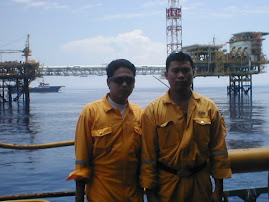With the exception of single gas pores all the defects listed are usually well detectable by ultrasonics. Most applications are on low-alloy construction quality steels, however, welds in aluminum can also be tested. Ultrasonic flaw detection has long been the preferred method for nondestructive testing in welding applications. This safe, accurate, and simple technique has pushed ultrasonics to the forefront of inspection technology.
Ultrasonic weld inspections are typically performed using a straight beam transducer in conjunction with an angle beam transducer and wedge. A straight beam transducer, producing a longitudinal wave at normal incidence into the test piece, is first used to locate any laminations in or near the heat-affected zone. This is important because an angle beam transducer may not be able to provide a return signal from a laminar flaw.
 The second step in the inspection involves using an angle beam transducer to inspect the actual weld. Angle beam transducers use the principles of refraction and mode conversion to produce refracted shear or longitudinal waves in the test material. [Note: Many AWS inspections are performed using refracted shear waves. However, material having a large grain structure, such as stainless steel may require refracted longitudinal waves for successful inspections.] This inspection may include the root, sidewall, crown, and heat-affected zones of a weld. The process involves scanning the surface of the material around the weldment with the transducer. This refracted sound wave will bounce off a reflector (discontinuity) in the path of the sound beam. With proper angle beam techniques, echoes returned from the weld zone may allow the operator to determine the location and type of discontinuity.
The second step in the inspection involves using an angle beam transducer to inspect the actual weld. Angle beam transducers use the principles of refraction and mode conversion to produce refracted shear or longitudinal waves in the test material. [Note: Many AWS inspections are performed using refracted shear waves. However, material having a large grain structure, such as stainless steel may require refracted longitudinal waves for successful inspections.] This inspection may include the root, sidewall, crown, and heat-affected zones of a weld. The process involves scanning the surface of the material around the weldment with the transducer. This refracted sound wave will bounce off a reflector (discontinuity) in the path of the sound beam. With proper angle beam techniques, echoes returned from the weld zone may allow the operator to determine the location and type of discontinuity. To determine the proper scanning area for the weld, the inspector must first calculate the location of the sound beam in the test material. Using the refracted angle, beam index point and material thickness, the V-path and skip distance of the sound beam is found. Once they have been calculated, the inspector can identify the transducer locations on the surface of the material corresponding to the crown, sidewall, and root of the weld.
To determine the proper scanning area for the weld, the inspector must first calculate the location of the sound beam in the test material. Using the refracted angle, beam index point and material thickness, the V-path and skip distance of the sound beam is found. Once they have been calculated, the inspector can identify the transducer locations on the surface of the material corresponding to the crown, sidewall, and root of the weld.


























No comments:
Post a Comment